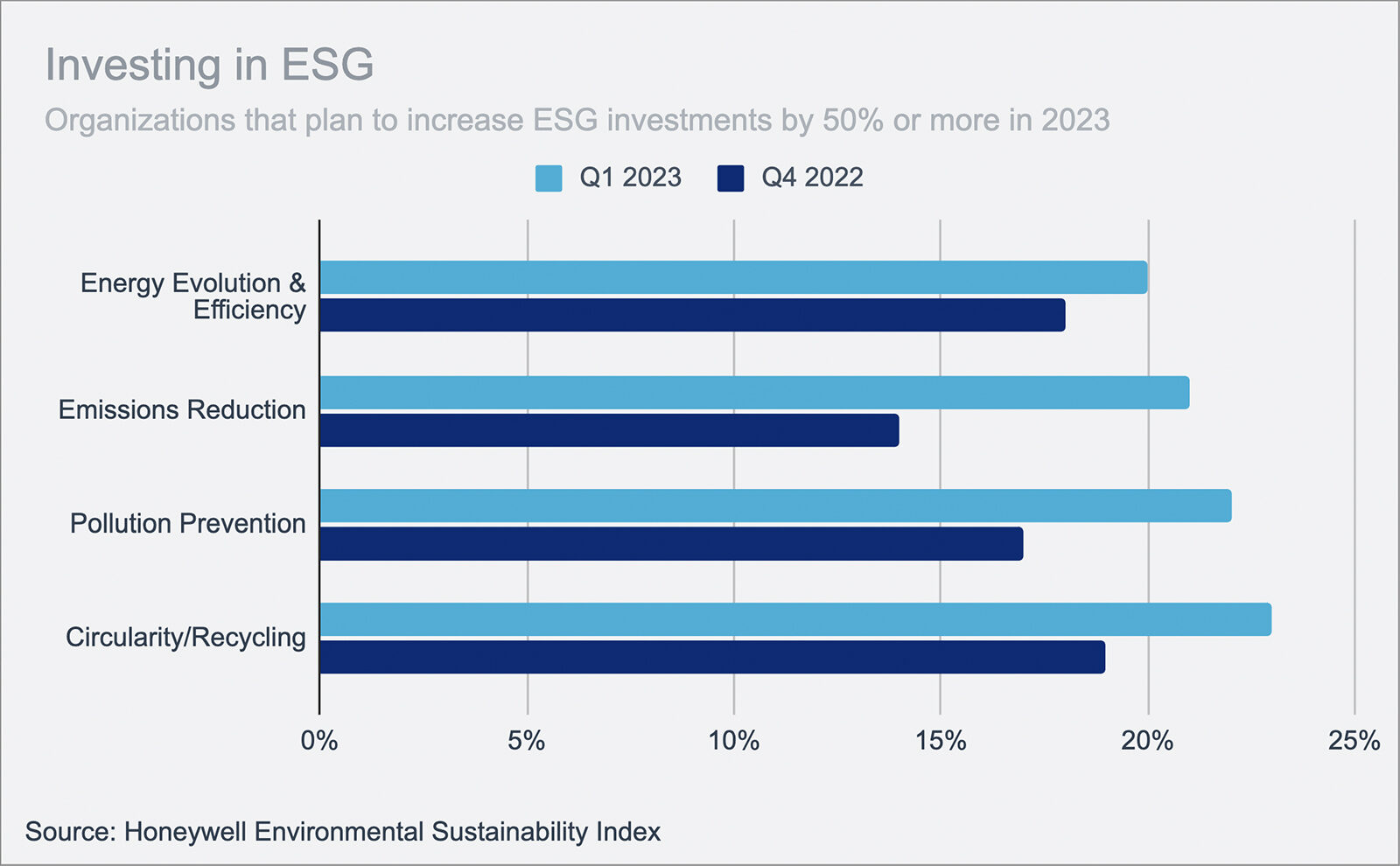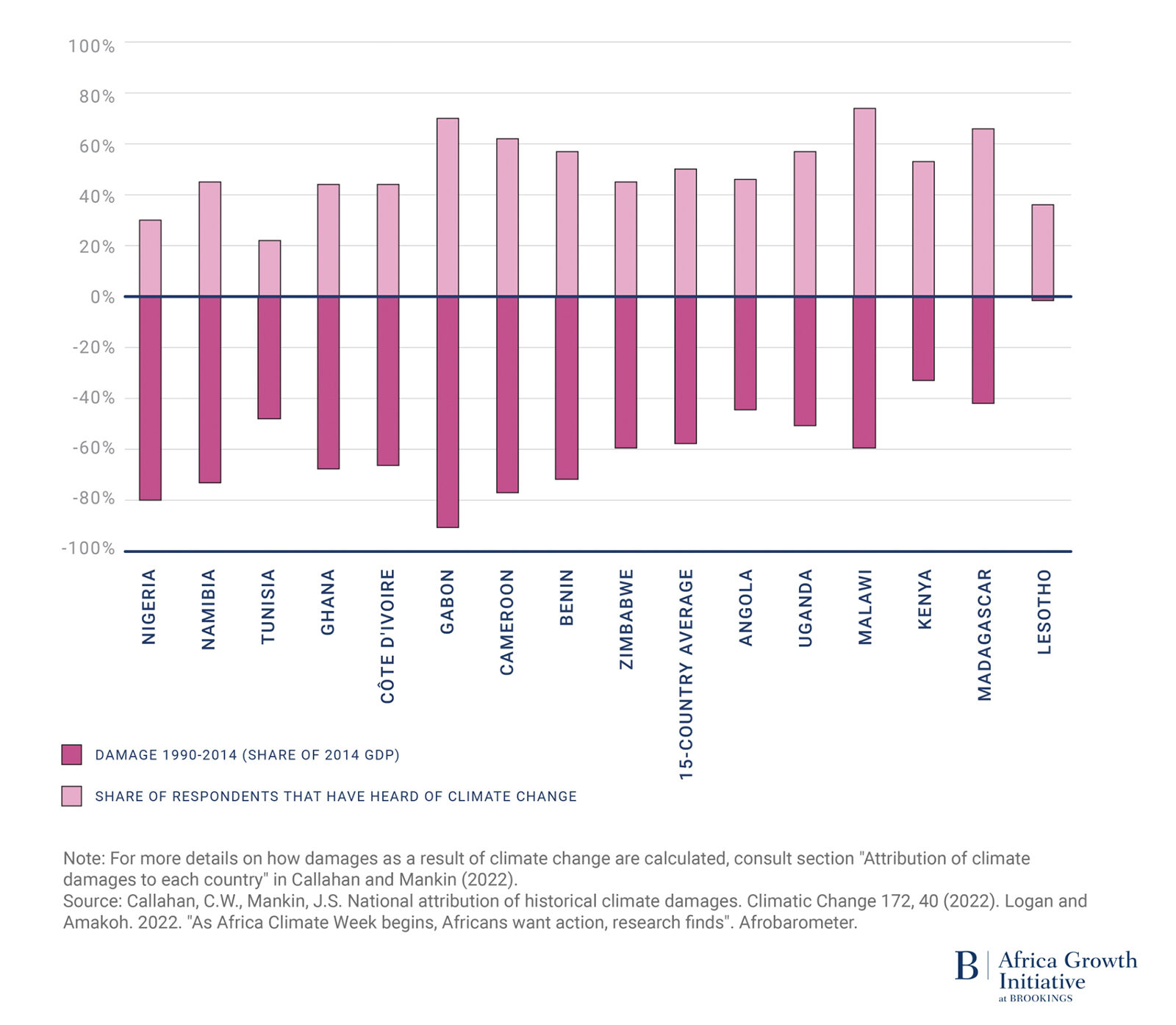The U.S. Would Need to Generate 20-50% More Electricity If All Cars on the Road Were EVs
Although electric vehicles only account for 10% of U.S. new car sales, governments are preparing for a world that can accommodate more EVs. The nonprofit USAFacts calculated that the U.S. would consume roughly 20-50% more electricity if all cars on the road were EVs.
With more demand on the nation’s grid, the nonpartisan government data organization also looked into the source of the electricity. USAFacts found that more than 60% of the nation’s electricity was generated by fossil fuels. This rate has fallen since 2012, when it accounted for 70%.
USAFacts also pointed out that, “While miles per gallon for conventional vehicles continues to improve over time, EVs remain more efficient, even after considering those advances.”
Access to readily available charging stations has been a barrier to widespread adoption of EVs. By the end of 2023, there will be roughly 130,000 EV charging stations in the U.S. Under the recent Infrastructure Investment and Jobs Act, the U.S. has set aside $7.5 billion to create a national network of 500,000 charging stations.




